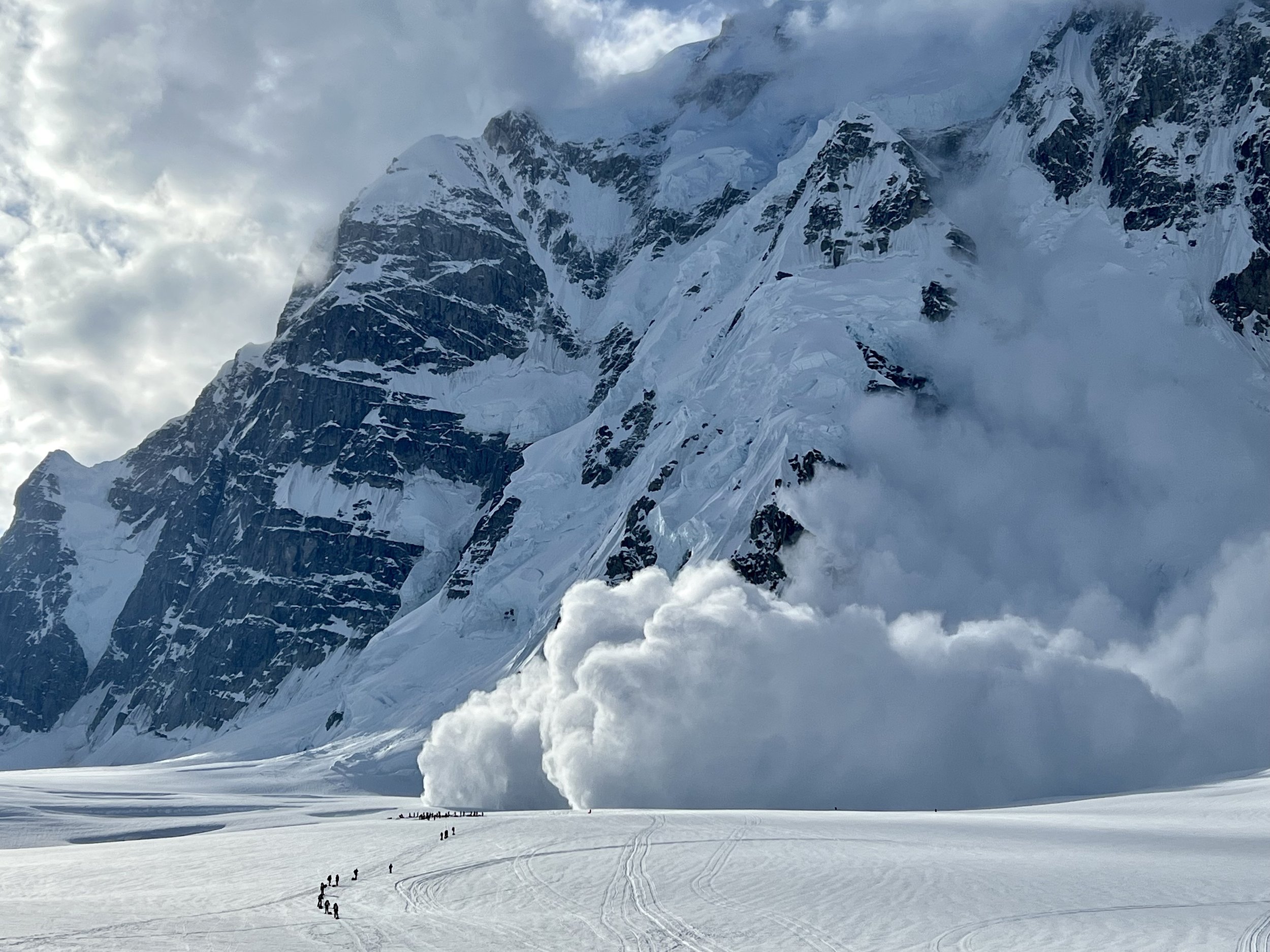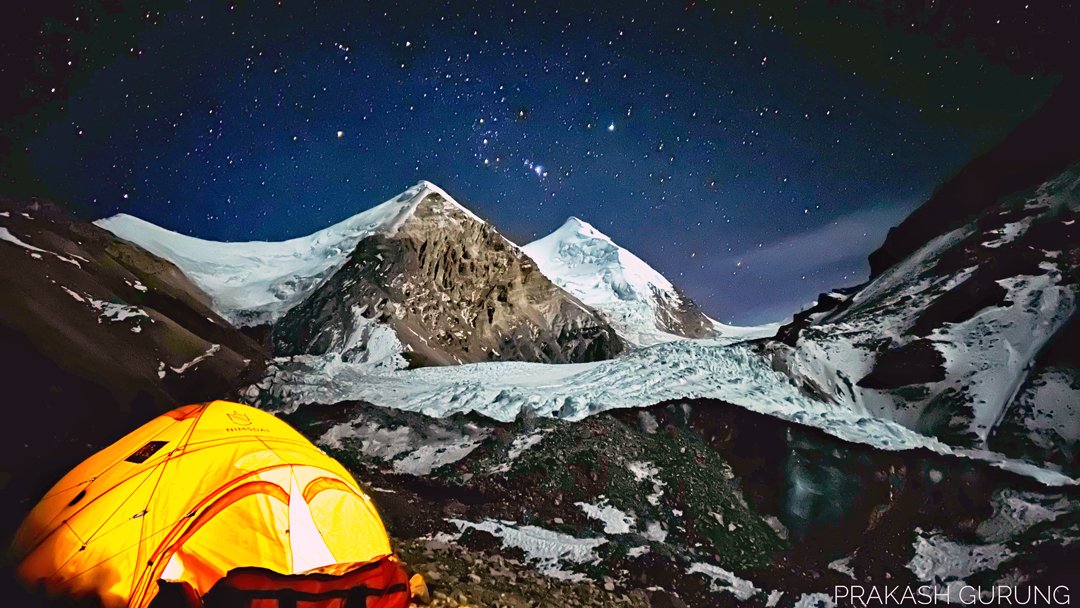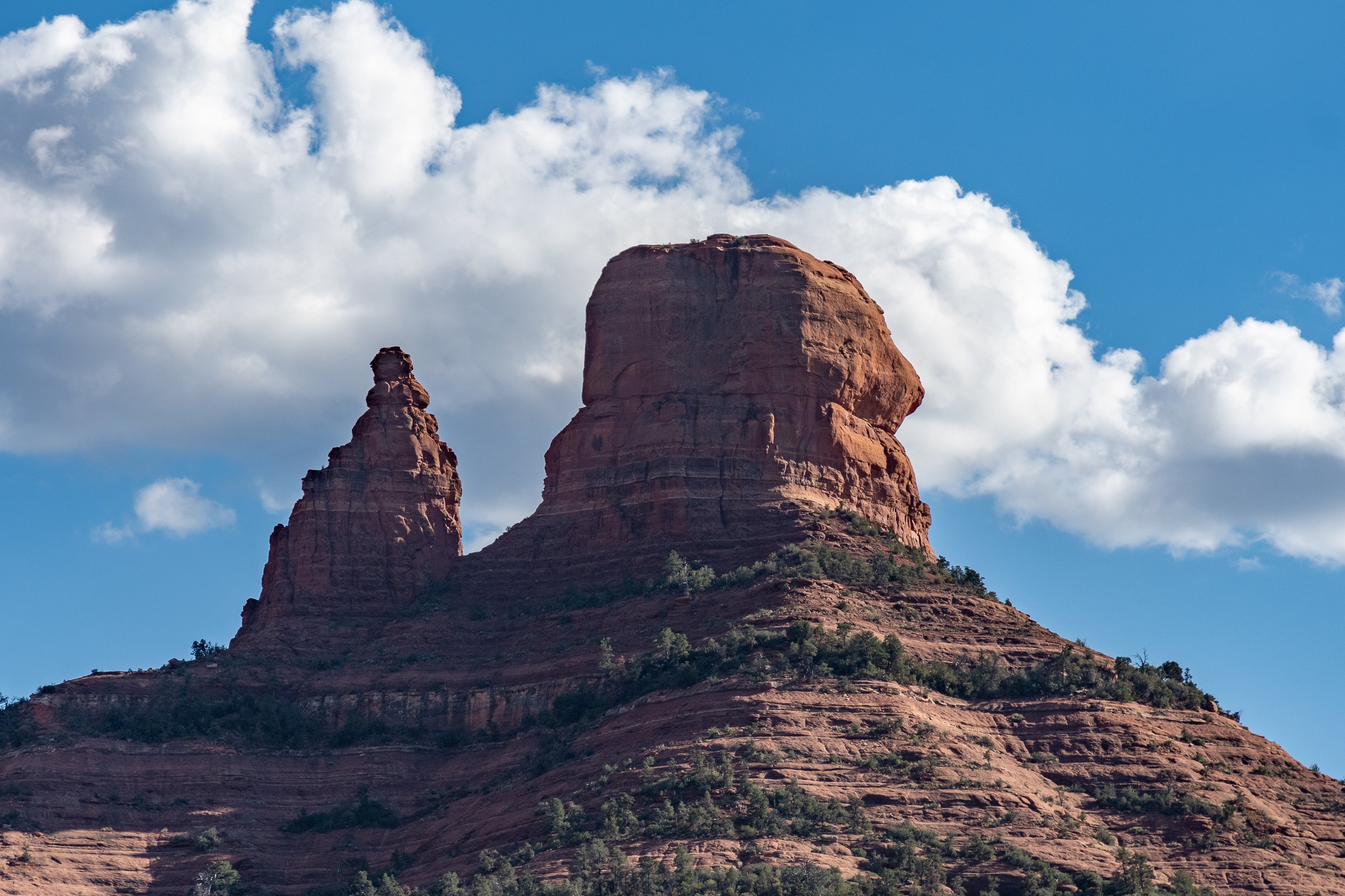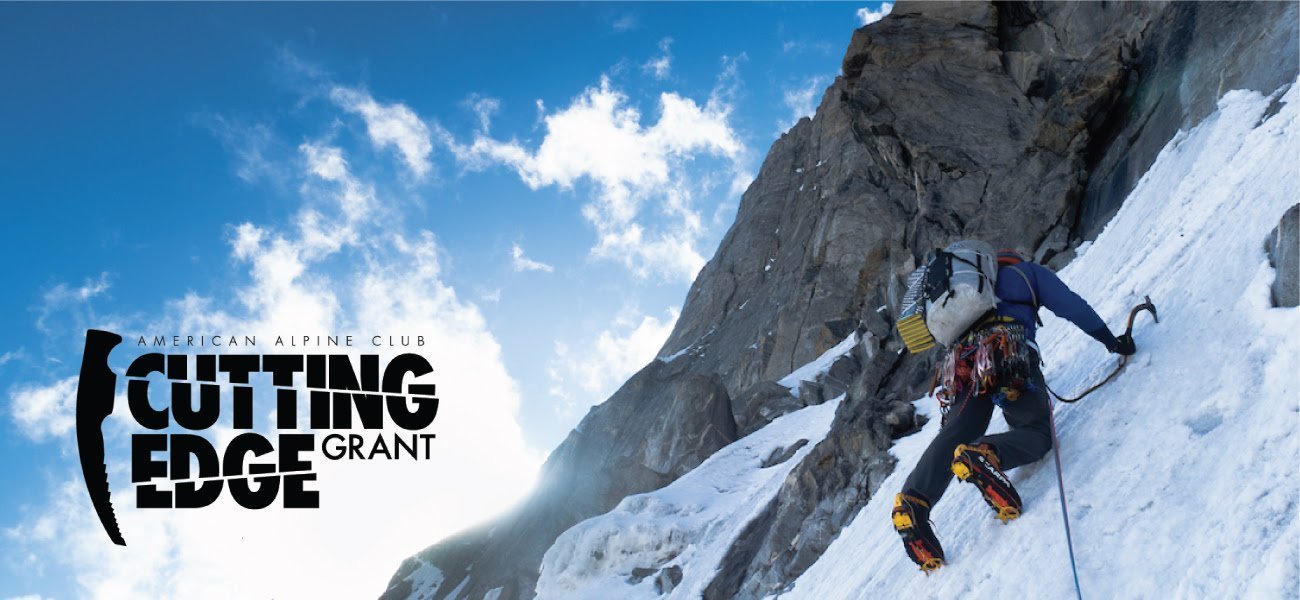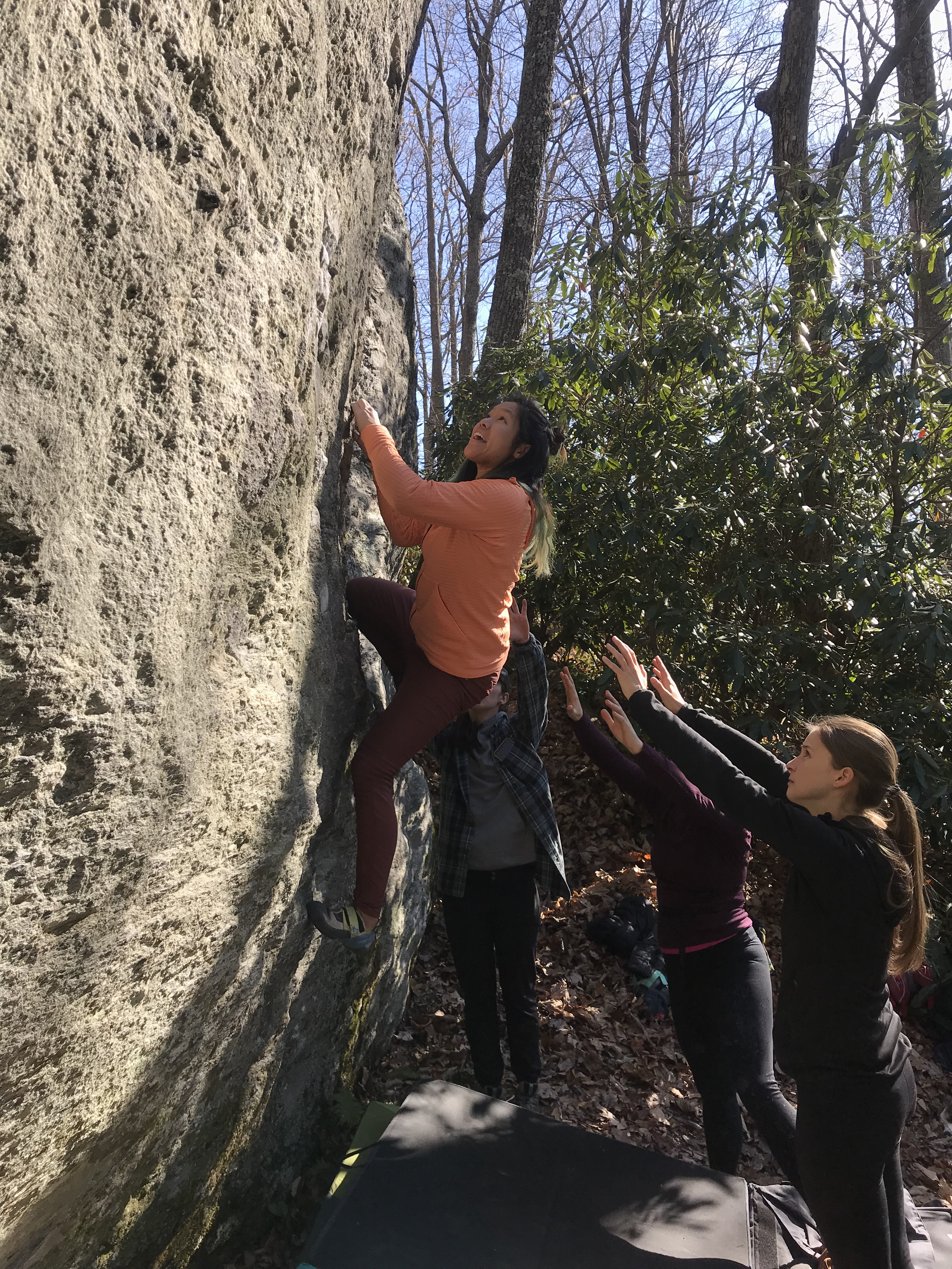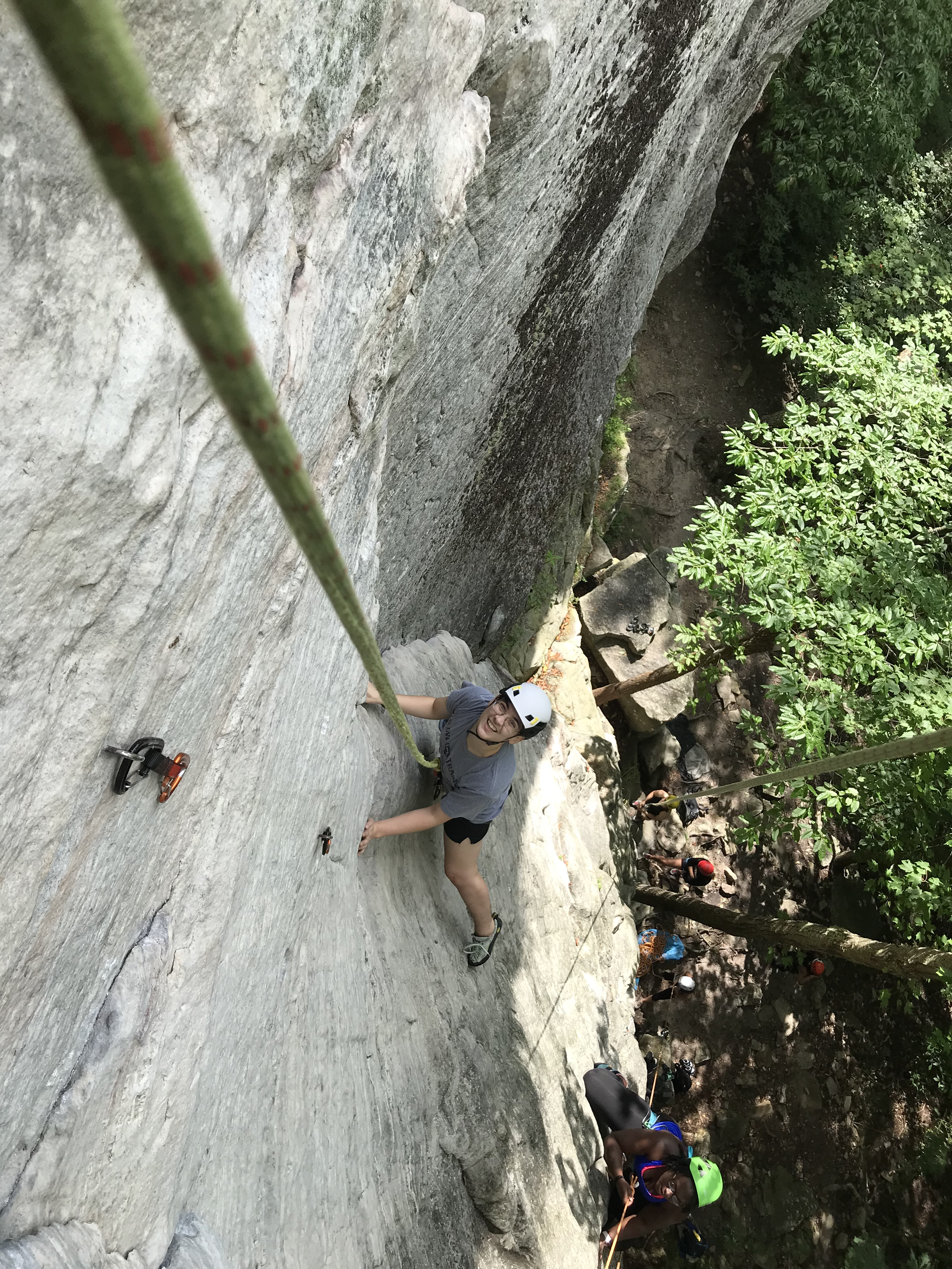Building community at the AAC’s Craggin Classic
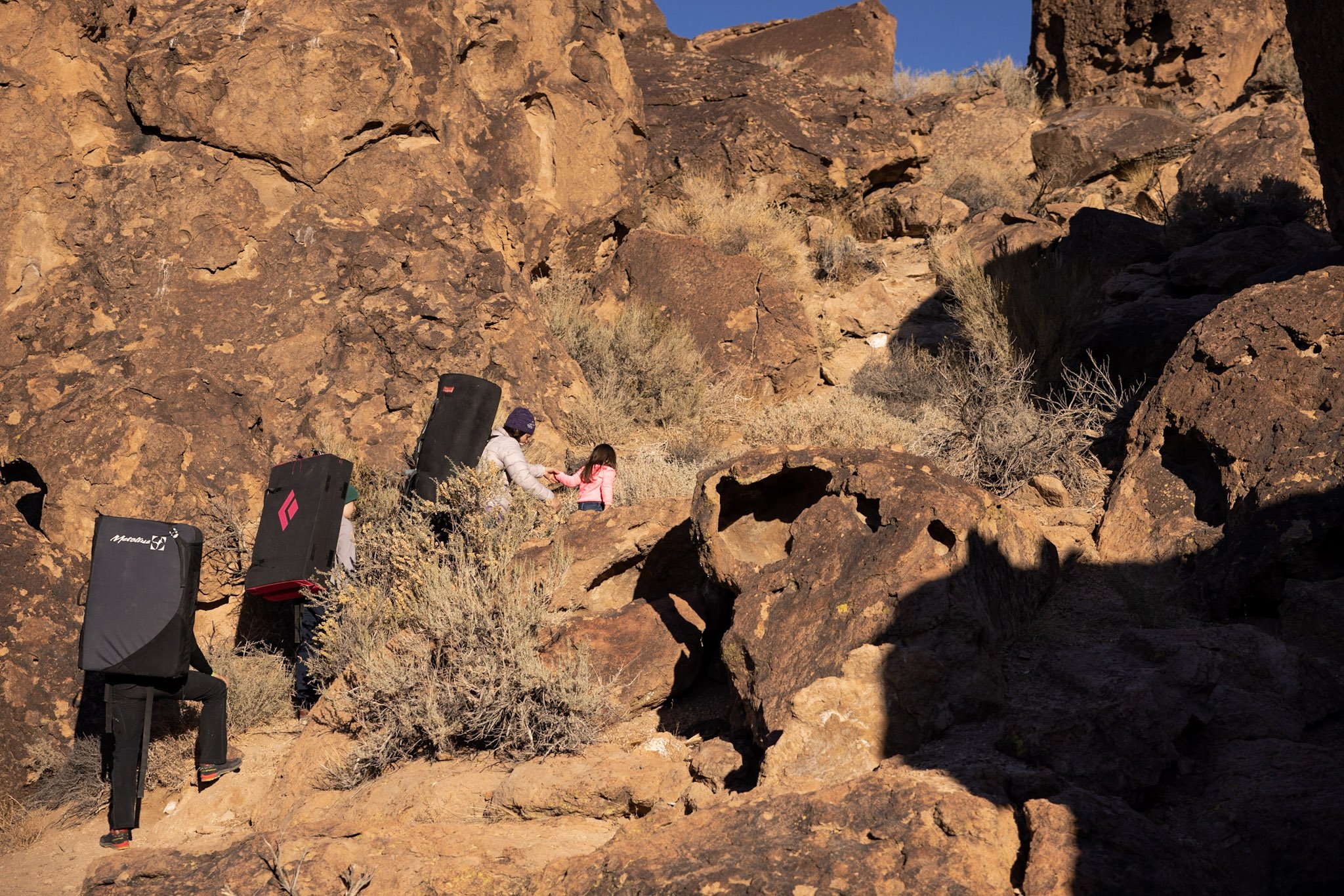
United We Climb
Every Fall, the American Alpine Club hosts the Craggin Classic, a climbing festival at world-class climbing destinations in the United States. Participants dance wearing glow sticks at night and climb all day. This year the Craggin Classic held Climb United meetups at all locations, creating a safe and welcoming community for everyone.
Climb United works to uplift traditionally marginalized groups in the climbing community. Through intentional programs like the Route Naming Task Force, the Climb United Affiliate Support Network, and the Pull Focus Grant, Climb United is working towards change within the climbing community to welcome all groups. Climb United is all about gaining new perspectives from others to create a more accessible, loving, climbing community.
Take a look at the Moab, New River Gorge, Smith Rock, and Shelf Road CU meetups!
Thank you for taking the time to dive into this second edition of the AAC’s quarterly Guidebook. A lot of things are changing at the AAC, and we are energized by the new opportunities that these changes afford.


